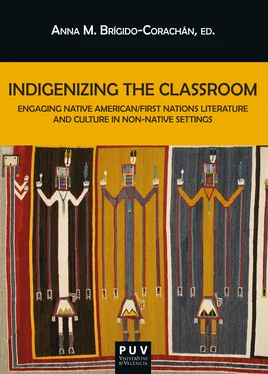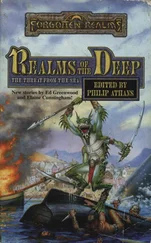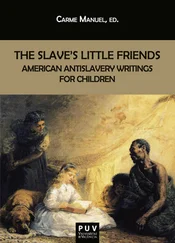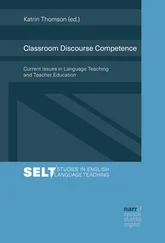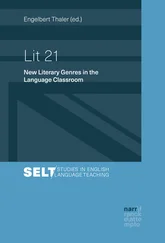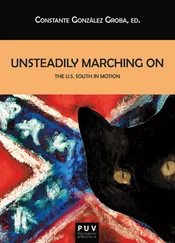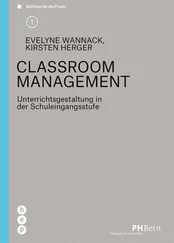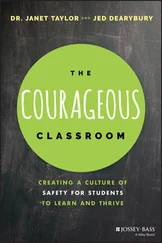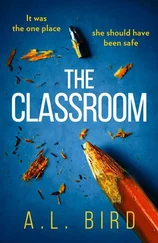Gibert and Ortells’ chapters contend that Native American history and culture can effectively be taught in connection with non-Native historical, literary, and audiovisual materials, and that these can also be reconsidered and reinterpreted through Indigenous-centered and tribal-specific readings. Western accounts written by settler colonizers can also be decolonized and even indigenized.
Teresa Gibert specifically discusses the teaching of Pocahontas, also known as Matoaka, Amonute, Rebecca Rolfe, and Lady Rebecca, in American Studies modules in a Spanish university. She asks her students to examine the Pocahontas story according to a variety of critical interpretations, written, and also visual formats that aim to challenge her construction as a “mythical figure.” As Pocahontas never recorded her own story, Gibert recommends the use of a wide spectrum of historical and artistic documents and particularly favors the website The Pocahontas Archive. This vast online archive gathers a variety of narrative voices and historical perspectives through which we can rethink our understanding of this historical character while connecting disciplines such as literature, history, film, and art in a revisionist manner and within virtual learning environments.
Elena Ortells’ chapter explores a well-known colonial gender, captivity narratives, and strongly takes into account the specific tribal practices and worldviews of the Native cultures depicted in these texts. Within this genre, she is particularly interested in the stories of female captives that chose to “go native” after experiencing physical, emotional, and cultural displacement. Despite their traumatic experiences, they were able to adapt to the Indigenous societies they lived with and learned to renegotiate the concepts of identity and home.
Among the various captivity narratives written by female captives, Ortells recommends using the Narrative of the Life of Mrs. Mary Jemison . According to Ortells, Mrs. Jemison managed to successfully reconfigure her domestic practices, which were based on a rather Western understanding of home and female domesticity, and gave a precise account of Seneca customs and their use of land—one that questioned dominant visions of Native American practices at the time and that subverted colonial representations of both Native and settler women.
In her chapter “Teaching Native American Literature in Argentina,” Márgara Averbach focuses on another pedagogical challenge: What do we do when our students’ level of English is not adequate and, as a result, when these literary and cultural materials have to be presented through translation into other languages? Averbach’s approach is to consider Native texts’ hybrid linguistic qualities since they actively “reinvent the enemy’s language” and the enemy’s literary forms to express their own worldviews (Harjo and Bird 1997). To that end, Averbach (who often translates most Native North American texts used in her classes into Spanish) illustrates her teaching practice through the analysis of a poem by Simon Ortiz, “Speaking” (“Hablar”), and reflects on the pitfalls and possibilities offered by texts taught in translation.
Dolores Miralles-Alberola’s chapter “Native American Children’s Literature in the English Language Education Classroom” reminds us that Native American literary works can be strategically deployed in the teaching of English as a Foreign Language and as a compelling way to develop empathy, critical thought, and intercultural competence. She argues that Native American literary works could be introduced in the classroom in early educational levels as Native American children’s literature encompasses a wide range of traditions and genres which include oral traditional myths and tales, and also contemporary works such as picture books, fictional tales, memoirs, historical accounts, and rhymes written by well-known contemporary Indigenous authors. In her chapter, she explores a selection of works by Joy Harjo, Simon Ortiz, Nicola Campbell, or Lucy Tapahonso, among others. She offers some strategies and resources that can be meaningfully applied by elementary and middle school teachers in foreign settings, helping them to engage these texts with respect, commitment, and pleasure.
Like Gibert’s and Ortells’, Vicent Cucarella-Ramon’s contribution to this volume explores alternative forms of representation in non-Native literary works that are, however, Indigenous-centered. In his analysis of Black Canadian author Wayde Compton’s short story collection The Outer Harbour , Cucarella-Ramon brings the focus back to the idea of periphery, rather than center, as a meaningful space of connection and resistance that should not be dismissed. Transethnic readings and alliances are possible in such peripheral spaces which challenge not only Western but also Afrocentric paradigms. Like LaLonde’s Anishinaabe approach, Compton’s Afroperipheralism also envisions the literary text as a contact zone where fruitful alliances between Indigenous and Black Canadians can be forged, while an interrelated history of colonial oppression and silencing can be acknowledged and re-centered.
The volume closes with Ingrid Wendt’s creative and personal approach to the Cherokee poetry of her late husband Ralph Salisbury. Wendt’s chapter moves Indigenous-centered pedagogies from local to global concerns through her discussion of Salisbury’s poems. Through her fresh, honest, and engaging style, Wendt, who is a poet herself, explores several ways through which the teaching of Native North American literature can indigenize our classrooms using poetry as a springboard. Moreover, Wendt identifies many conflicting situations in Salisbury’s poems that could lead students to critically explore similar experiences and processes in their own local settings. To that end, she discusses the effects of ethnic violence and racism, the importance of speaking up when facing social injustice rather than becoming complicit with it, the challenges of navigating a cross-cultural identity, our current climate crisis, and the expression of simple human gratitude and cross-cultural dialogue—core practices which are not easily tackled in the Trump/post-Trump era and which must be urgently addressed not only in North America but in many other countries around the world as well.
The classroom space is, as LaLonde pointed out, a contact zone of sorts, with asymmetrical relations constantly being negotiated between teachers and students, between readers and texts. Classrooms can also foster the growth of dynamic, globally-minded and empathetic learning communities, and one way to create such an environment is to place Indigenous-authored texts and methodologies at the center of the conversation, radically changing the way we (readers in other parts of the world) think about the world. Applying Indigenous-centered methods and tribal-specific philosophies and tactics can be transformational, not just for Indigenous communities around the world but also for many non-Native students in non-Native settings. As Gayatri Spivak stressed in her Death of a Discipline , helping students to develop “transnational literacy” which translates into an awareness of and respect for the world’s cultural and literary diversity, and our own collective responsibility in disseminating and protecting it, must lay at the core of our pedagogical efforts (see also Chris LaLonde’s chapter). Devon Mihesuah and Angela Cavender Wilson further emphasize this idea by stressing that:
the academy is worth Indigenizing because something productive will happen as a consequence. Perhaps as teachers we can facilitate what bell hooks refers to as “education as the practice of freedom.” Perhaps we might engage in an educational dynamic with students that is liberatory, not only for the oppressed but also for the oppressors. Perhaps as scholars we can conduct research that has a beneficial impact on humanity in general, as well as on our Indigenous peoples. Perhaps the scholarship we produce might be influential not only among our ivory tower peers, but also within the dominant society. Perhaps our activism and persistence within the academy might also redefine the institution from an agent of colonialism to a center of decolonization. (5)
Читать дальше
